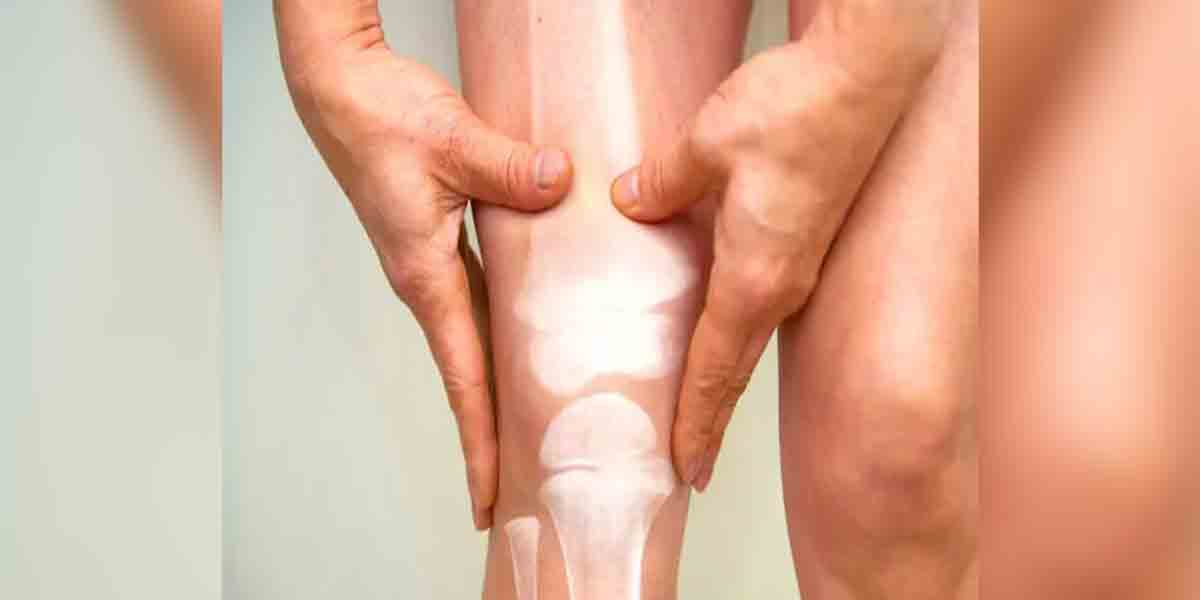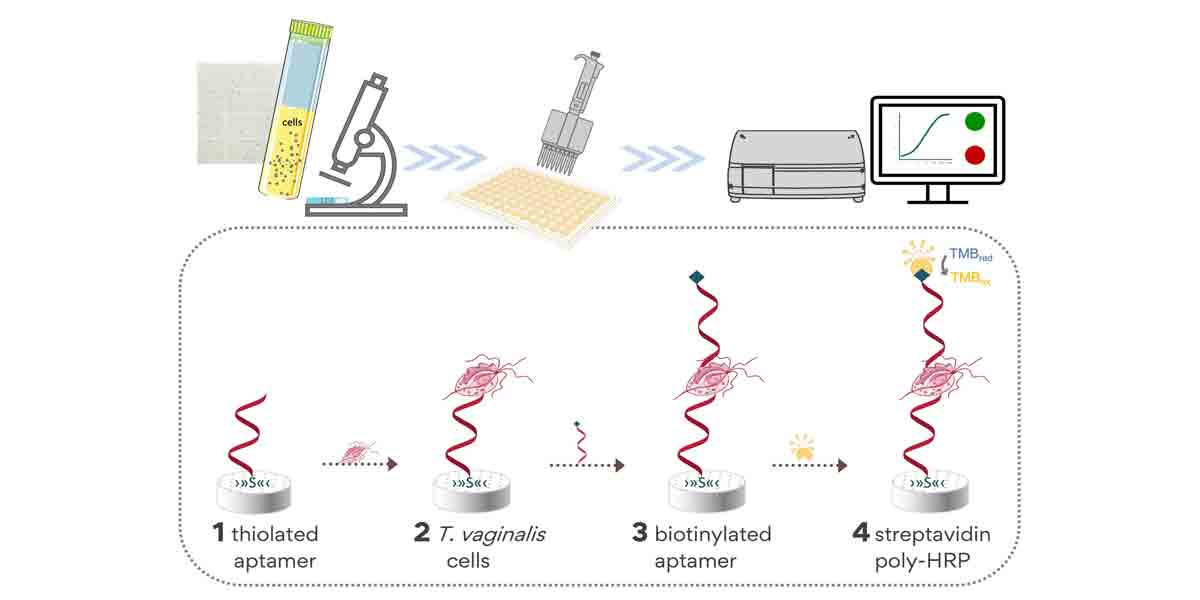By George N. True II
This is the third part of my series on unusual diseases.
Hungry? Our chefs have cooked up something special for you. How about some fresh dirt with paint chips on the side? Or perhaps you’d like a serving of warm cigarette ashes? Not interested? The food may not be appetizing for normal people, but it’s a gourmet’s delight for those suffering from pica.
According to the American Academy of Family Physicians (AAFP), pica is a compulsive eating disorder in which people eat things that aren’t considered food. Its name comes from the Medieval Latin word for the Eurasian or common magpie since this bird is known to eat anything.
The Eurasian magpie belongs to the crow family and can be found in the northern part of the Eurasian continent. It is said to be one of the most intelligent birds and one of the most intelligent animals on earth.
The magpie’s nidopallium (region of the avian brain used in acquiring knowledge and understanding) is almost similar to that of chimpanzees, gorillas, orangutans, and humans. Because of this, it can make and use tools, imitate human speech, and play. It also knows how to work in teams, grieve, and have “funerals” for its friends. What’s more, the magpie is the only bird that recognizes its reflection in a mirror.
Pica diet not limited
Magpies are omnivores, which means their diet is not limited to plants or animals. Azanimals.com said they eat whatever food they can find in the environment. Their menu consists of grasshoppers, berries, nuts, and beetles, among others. These birds are known to eat caterpillars, rodents, as well as the eggs and chicks of other birds. They also steal some of the meat from the animals killed by foxes or coyotes.
Like magpies, people with pica have a big appetite, but their diet consists of things that other people won’t eat. They usually crave dirt, clay, and flaking paint. Some enjoy eating glue, paper, hair, cigarette ashes, and even feces.
The AAFP said the disorder usually affects 10% to 30% of kids ages 1 to 6. In children below 2 years, pica is considered normal since young kids often put things in their mouths and eat them, according to Dr. Evelyn Attia and Dr. B. Timothy Walsh of Columbia University Medical Center, New York State Psychiatric Institute. These include nails, ice, and some toys.
Developmental disabilities in pica
In older children and adults, however, this behavior often occurs in people with intellectual and developmental disabilities, like autism and schizophrenia. This is true in people who have been eating nonfood items for a month or more to the point of getting sick. Some pregnant women have pica but crave mostly dirt due to an iron and zinc deficiency.
Attia and Walsh said that, in most cases, what people with pica eat is not harmful. But some items can cause complications like blockages in the digestive tract, parasitic infection from eating dirt, and lead poisoning after consuming paint chips.
Depending on what the patient eats, the symptoms of pica include:
- Bloody stool
- Constipation
- Diarrhea
- Stomach pain
- Upset stomach
When toxic substances are regularly consumed, the following symptoms may occur:
- An intestinal blockage or tear (from eating hard objects, like rocks)
- Lead poisoning (caused by eating paint chips that contain lead)
- Teeth injuries
- Infections (from organisms and parasites that enter the body)
If pica is suspected in a child, the doctor may order blood tests or X-rays to check if there are toxins in the blood or intestinal blockages. Blood tests can also tell if the child has an iron or zinc deficiency that comes from eating dirt and clay.
No way to prevent pica
Treatment depends on what these tests find. The doctor will first treat the effects of eating nonfood items like nutritional deficiencies and other complications before trying to find what’s causing pica. Depending on the problem, the patient may benefit from behavioral modification techniques or visiting a mental health specialist.
While there is no way to prevent pica, education and proper nutrition may help some children. Parents should pay close attention to their child’s eating habits, keep nonfood items out of reach, and supervise kids who like to put things into their mouths. This will help stop the disorder before complications arise.
Fortunately, most kids outgrow pica and the condition usually disappears in a few months. In those with intellectual or developmental disabilities, continued monitoring of their behavior and environment is recommended.
Are you ready for a zombie apocalypse? If not, read about zombie disease and how to avoid it on Monday. Don’t miss it!
For questions, email [email protected].

























